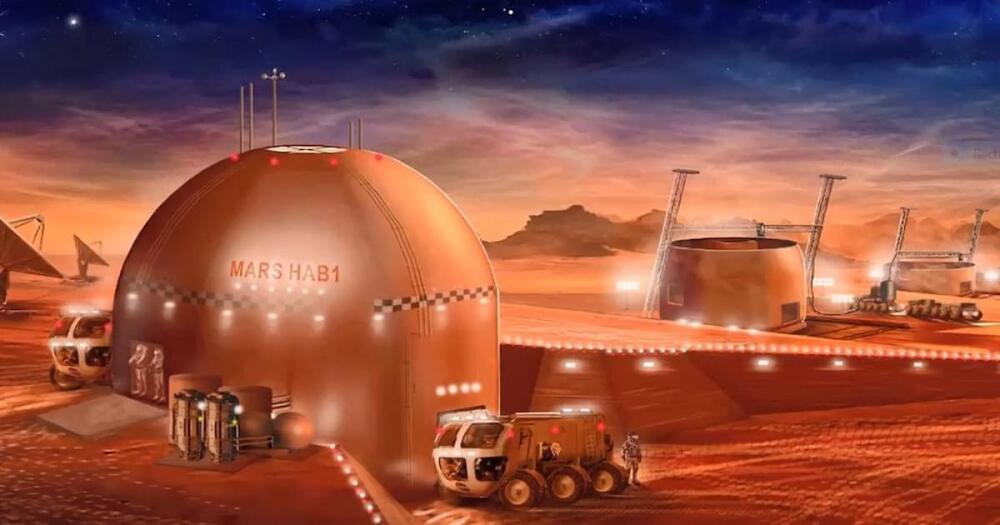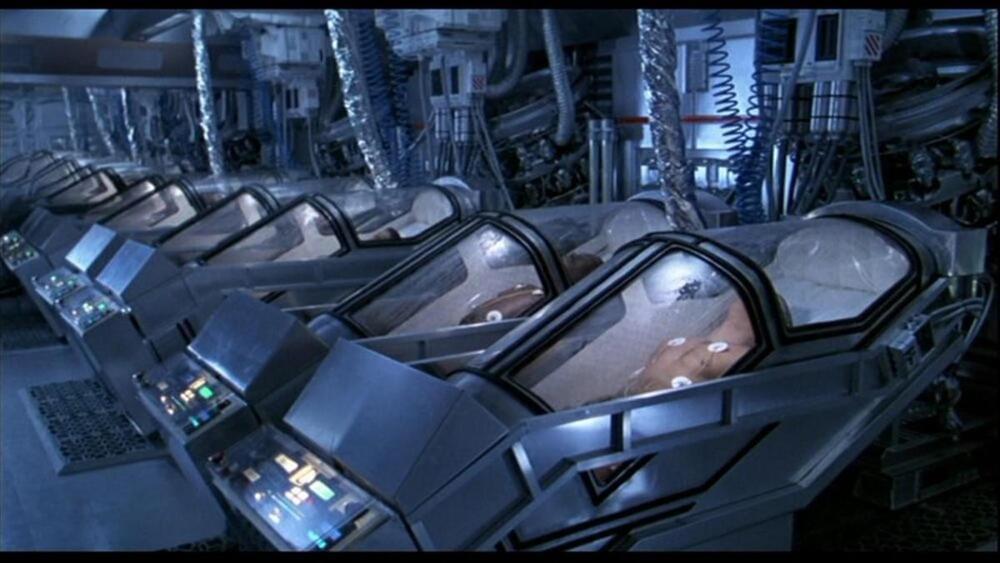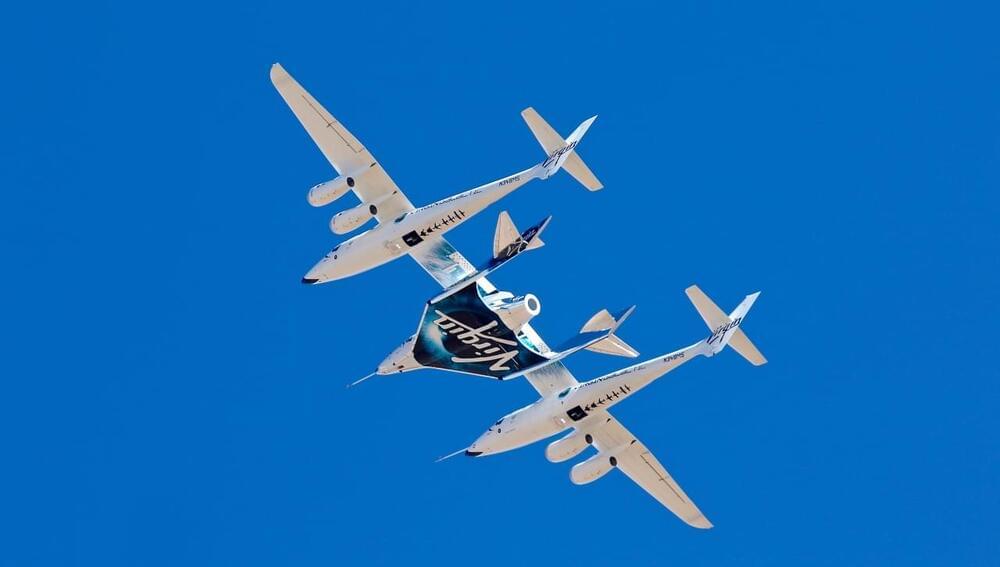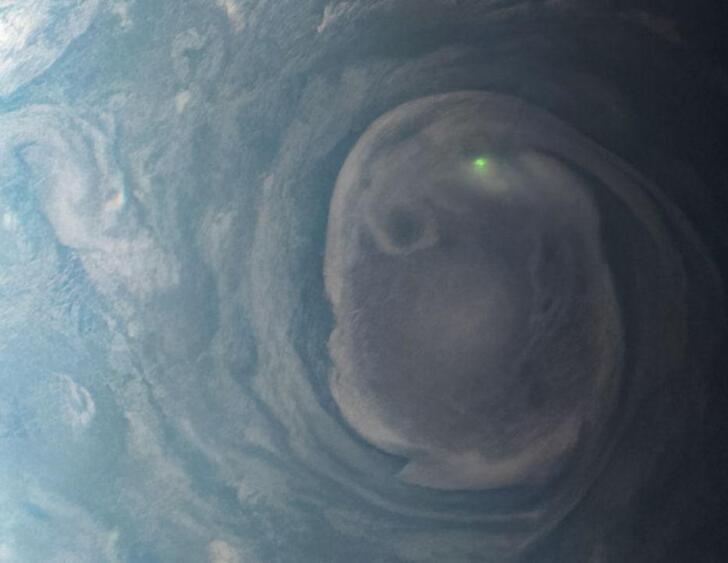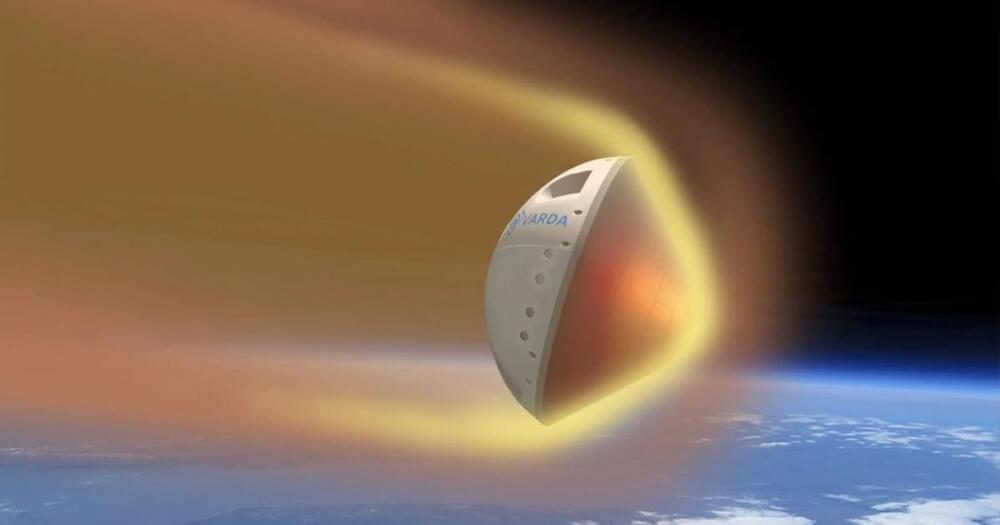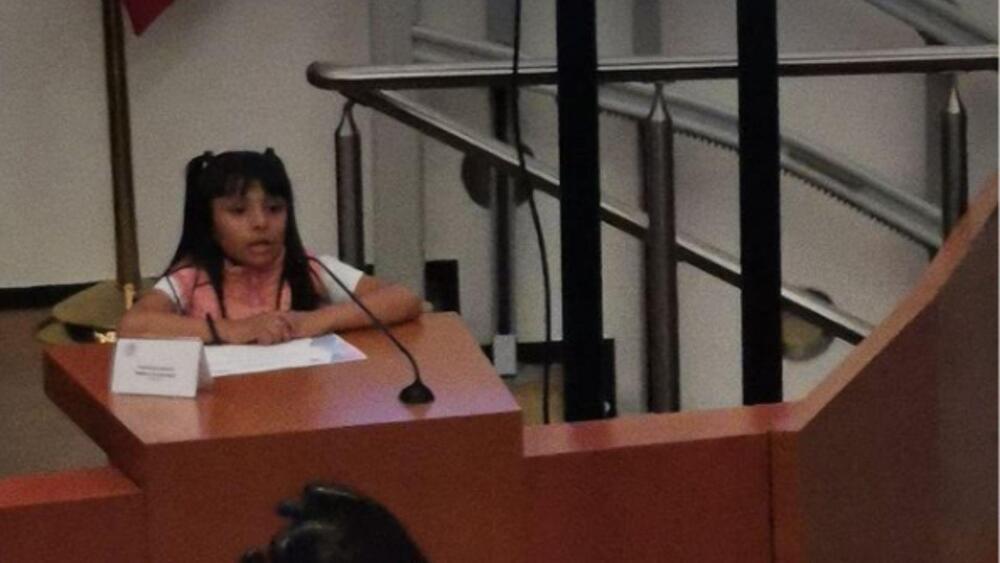Four volunteers are about to enter a simulated Mars habitat where they’ll spend the next 378 days as part of ongoing preparations for the first crewed mission to the faraway planet.
The specially designed, enclosed habitat at NASA’s Johnson Space Center in Houston, Texas, will host Alyssa Shannon, Ross Brockwell, Kelly Haston, and Nathan Jones from Sunday, June 25. The team’s experience spans science, engineering, and health, and each member will use their specific skills during their stay.
The mission will be the first of three one-year Mars surface simulations, called CHAPEA (Crew Health and Performance Exploration Analog).
